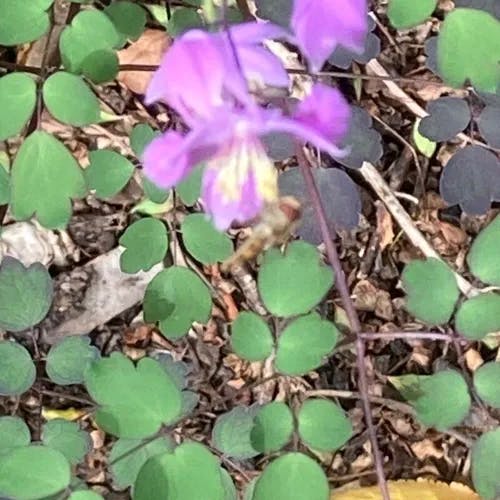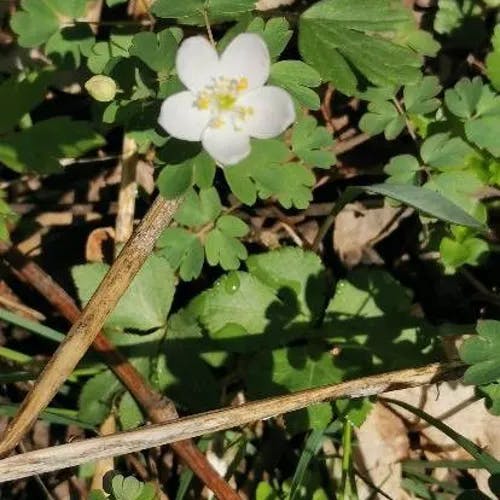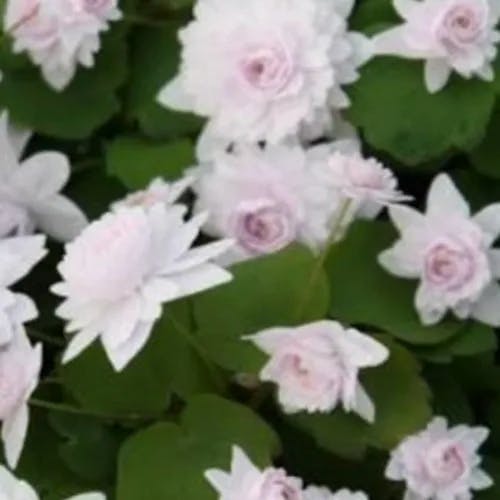This flowering plant referred to as rue-anemone given to its resemblance to rue plant has anemone-shaped blooms. The scientific name for it is Anemonella thalictroides within the buttercup family Ranunculaceae. Its native habitat being eastern North America - parts of United States and Canada. The tiny, delicate blooms around inch wide have 5 to 10 petal-shaped sepals in white, pink or purple encircling a cluster of yellow stamens. Blooming during early spring, this low-growing perennial wildflower reaching 6 to 12 inches tall has divided fern-like foliage emerging from base. Easy propagation possible through division and seeds. Add elegance to woodland gardens, rock gardens or naturalized areas by growing this moisture-loving semi-shade plant. Charming presence with dainty blooms, lacy leaves and hardy nature.
0
0









